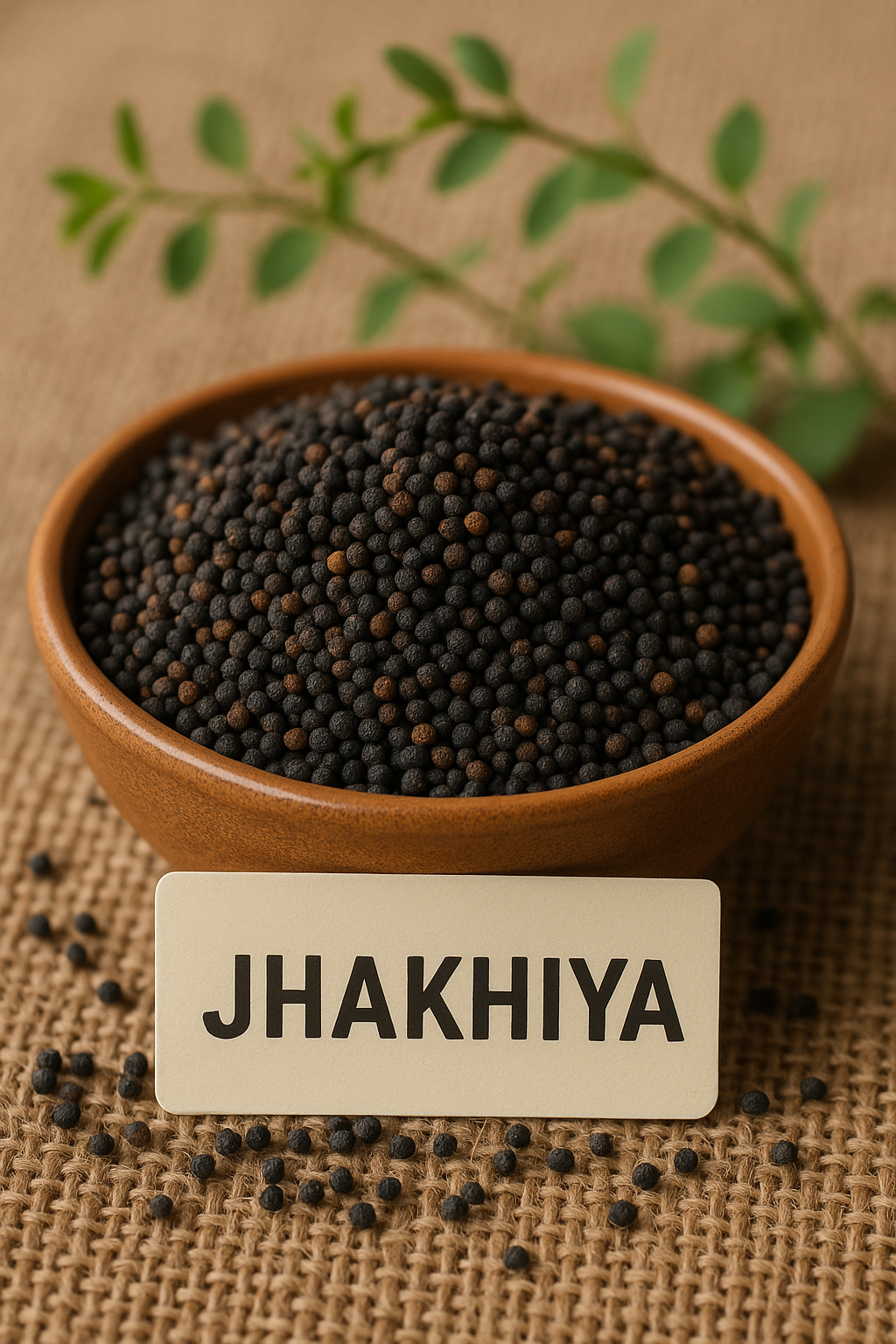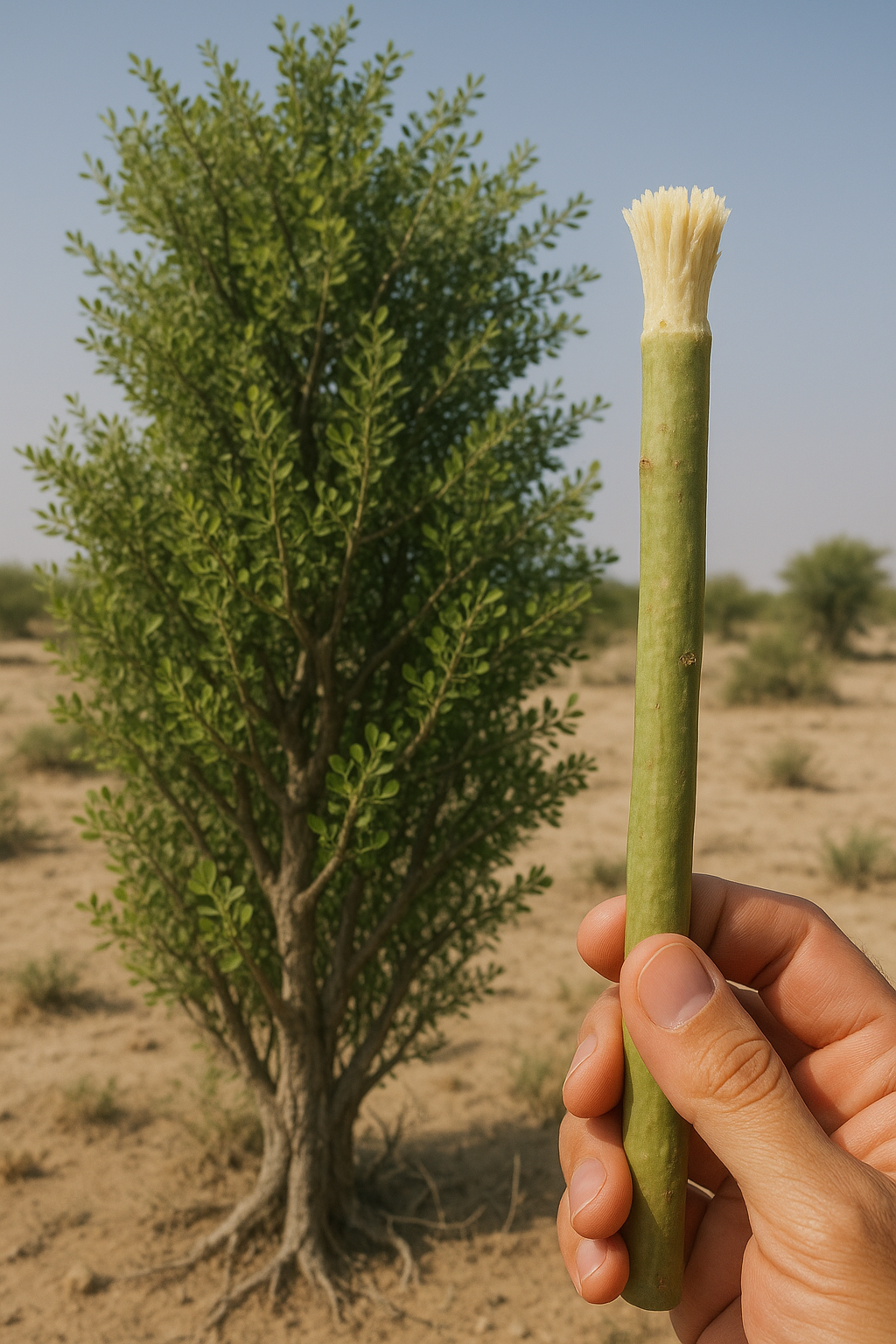Jhakhiya is a unique spice from the Uttarakhand region in the Himalayas. It is not just a spice; it has culinary, medicinal, and ecological importance. Many people in the Garhwali and Kumaoni communities treasure Jhakhiya for its health benefits and its distinct flavour. The seeds of Jhakhiya are small, dark brown or black and have a crunchy texture. They are known for their nutty aroma and rich flavour, which can enhance various dishes.
One of the main reasons to revive Jhakhiya is its ability to support traditional Himalayan flavours. Local farmers can benefit from cultivating this spice. It is a low-cost crop with high returns, which can help improve their livelihoods. Jhakhiya is often used as a spicy substitute for cumin or mustard seeds in cooking, making it a valuable addition to any spice collection.
In addition to its culinary uses, Jhakhiya has several health benefits. The seeds are known to help with digestion and can treat various ailments like fever, liver problems, and bronchitis. The oil extracted from Jhakhiya seeds is believed to have therapeutic properties. It can be helpful for children suffering from convulsions and even mental disorders. The versatile nature of Jhakhiya means it can be used in both cooking and traditional medicine.
Reviving the cultivation of Jhakhiya can also help preserve the cultural heritage of Himalayan communities. The spice is a part of their identity and traditions. By promoting Jhakhiya, we can support not just the economy but also the rich cultural practices of these local farmers.
With increasing interest in native crops, Jhakhiya can become a valuable product for export as well. Farmers can sell Jhakhiya to markets outside their region, bringing more income into their households. This additional income can help families invest in better education, health, and nutrition.
Moreover, Jhakhiya cultivation requires low input costs. Farmers do not need to use expensive fertilizers or pesticides, making it an eco-friendly crop. This is crucial as more people are becoming aware of the importance of sustainable farming practices.
To further support Jhakhiya farmers, educational programs and training can be established. These programs can teach farmers about best farming practices, marketing strategies, and how to process Jhakhiya for better quality. This knowledge can help them maximize their profits and create a stable income.
Local governments and non-governmental organizations can play a role in promoting Jhakhiya. They can provide resources and support for farmers to grow this spice. Such initiatives could lead to the establishment of cooperatives where farmers can work together to sell their Jhakhiya. This collaboration can help them gain a stronger foothold in the market.
In conclusion, Jhakhiya is more than just a spice; it represents the rich culture and heritage of the Himalayan region. By reviving its cultivation, we can support local farmers, preserve traditional practices, and promote sustainable agriculture. With the right support and education, Jhakhiya can become a valuable crop that benefits both farmers and consumers. The future looks bright for this native spice, and it is time to give Jhakhiya the recognition it deserves.



